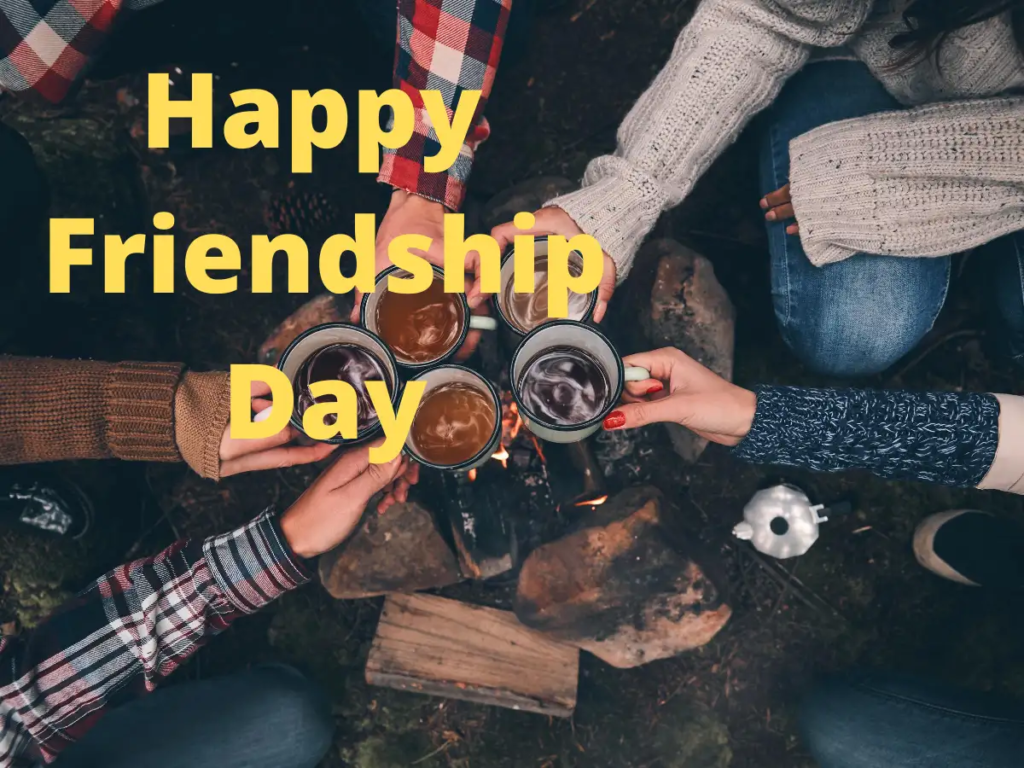
Introduction
Friendship isn’t just a word—it’s a thread that weaves through every chapter of our lives. From the carefree giggles of childhood to the steady presence of someone who knows your adult chaos, true friendship adapts, matures, and deepens. But how do these relationships survive the tests of time, distance, and change? This blog explores how friendships transform as we journey through life—and why the most meaningful ones endure.
Table of Contents
- Childhood: The First Spark of Connection
- Teenage Years: Loyalty, Secrets, and Shared Dreams
- Early Adulthood: Navigating Independence and Distance
- Career and Family Life: Shifting Priorities, Steady Bonds
- Middle Age: Rediscovering Old Friends, Creating New Ones
- Later Years: The Power of Familiar Faces
- Why Some Friendships Last a Lifetime
- Navigating the Loss or Fading of Friendships
- The Role of Technology in Maintaining Bonds
- Final Thoughts: The Legacy of Friendship
1. Childhood: The First Spark of Connection
Childhood friendships are pure, spontaneous, and usually formed by proximity—same class, same playground, same neighborhood. These early relationships teach us empathy, trust, and how to share our world with someone else.
“Our childhood friends are the first people who teach us to say ‘us’ instead of ‘me.’”
2. Teenage Years: Loyalty, Secrets, and Shared Dreams
Teen friendships are built on shared identity. These are the friends who know your diary secrets, your crushes, your dreams. You often feel invincible together, promising to never grow apart. It’s an intense phase—but also one of the most emotionally formative.
3. Early Adulthood: Navigating Independence and Distance
College, first jobs, moving cities—this stage tests friendships. Some fade due to life’s hustle, while others grow stronger as you make conscious efforts to stay in touch. This is where effort becomes the currency of connection.
4. Career and Family Life: Shifting Priorities, Steady Bonds
Between promotions, parenting, and personal goals, friendships often take a backseat. But the ones that survive this phase are built on deep-rooted understanding. These are the friends who don’t need constant communication to stay close—they simply “get it.”
5. Middle Age: Rediscovering Old Friends, Creating New Ones
As life slows down a little, people often rekindle old friendships or make new ones with those who share similar values or life experiences. There’s less drama, more honesty, and a comforting sense of shared maturity.
6. Later Years: The Power of Familiar Faces
In your golden years, friendships become anchors. They offer history, laughter, and warmth. Old friends remind you of who you were, who you became, and how far you’ve come. These relationships are less about quantity and more about quality.
7. Why Some Friendships Last a Lifetime
Lifelong friendships aren’t accidents. They are built on:
- Mutual respect
- Shared memories
- Forgiveness
- Adaptability
- Presence, even in silence
They evolve because both people evolve—together.
8. Navigating the Loss or Fading of Friendships
Not all friendships survive every chapter, and that’s okay. Life moves on, people grow apart. Letting go doesn’t erase the past—it honors what was. Some connections are seasonal, not lifelong, but they’re still valuable.
9. The Role of Technology in Maintaining Bonds
From WhatsApp to video calls, tech has transformed how we maintain friendships across miles and time zones. While nothing replaces in-person connection, digital bridges often keep the heart of a friendship alive.
10. Final Thoughts: The Legacy of Friendship
True friendship is one of life’s rarest treasures. It doesn’t ask for perfection—it asks for presence. As we grow through life’s chapters, we may forget birthdays or take months to reply, but real friends will still be there. Not because they have to, but because they want to.
“Friendship doesn’t freeze in time—it grows, adapts, and lives on, shaped by the story you write together.”

